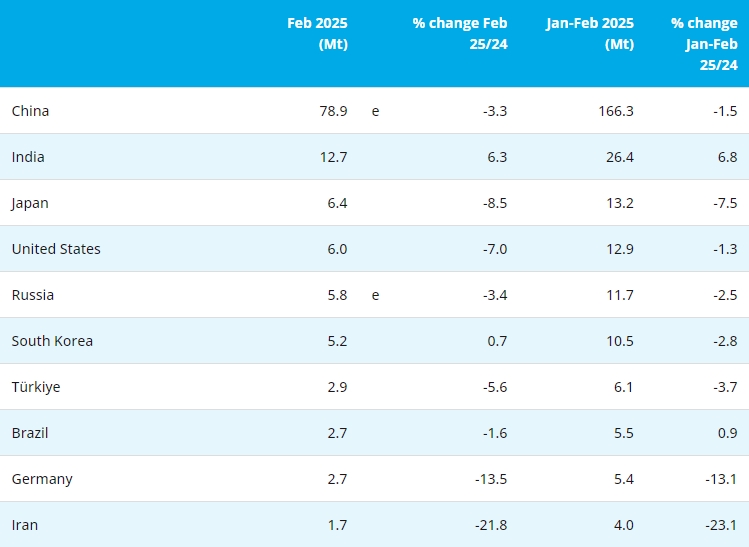A brief history of the EV industry
The birth of the EV industry is usually pegged to the summer of 2008 when crude oil prices peaked above $140 per barrel. Tesla (TSLA) was a few months from launching its electric Roadster and I started blogging on battery investing for Seeking Alpha.
At the time, the DOE and everybody in the auto industry pegged their EV hopes and dreams on lithium manganese oxide, or LMO, and lithium iron phosphate, or LFP, batteries. The reasons were simple. Both chemistries had great performance profiles for EVs and both chemistries were made using cheap and abundant raw materials – lithium, manganese and iron.
The sole renegade was Tesla, which planned to use consumer grade cells and a nickel-cobalt chemistry instead of more costly automotive grade LMO and LFP cells. Tesla's theory, which had more than a touch of genius, was that using consumer grade cells would allow it to over-build its battery packs to improve safety and slow cell degradation while pitching a 300-mile range with neck snapping acceleration as major advantages, even though most Tesla owners would crawl through city traffic with the rest of us and average less than 35 miles of daily driving.



 Save
Save Print
Print Daily News
Daily News Research
Research Magazine
Magazine Company Database
Company Database Customized Database
Customized Database Conferences
Conferences Advertisement
Advertisement Trade
Trade












 Online inquiry
Online inquiry Contact
Contact

Tell Us What You Think